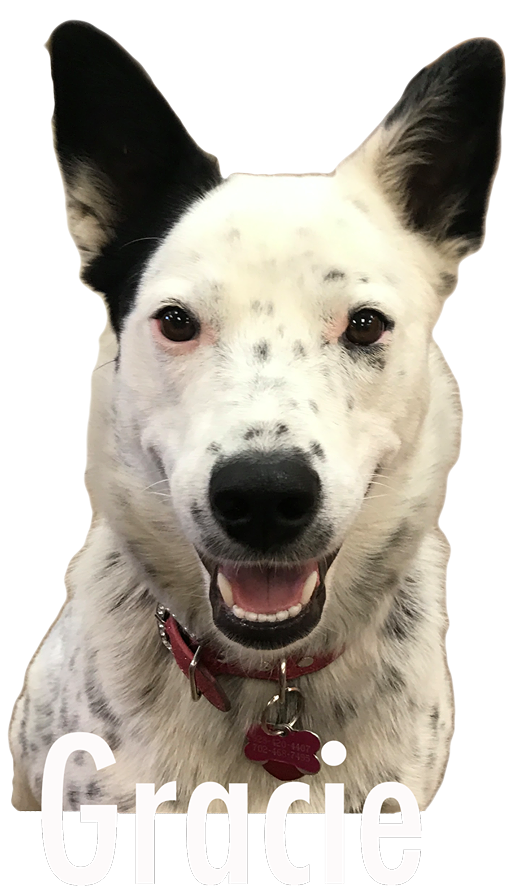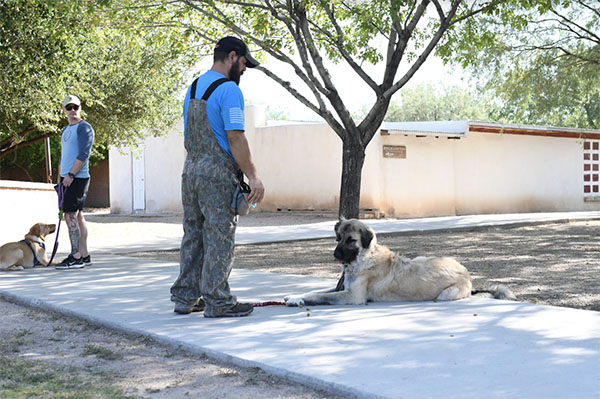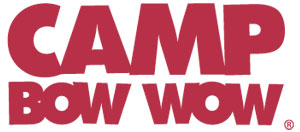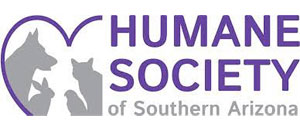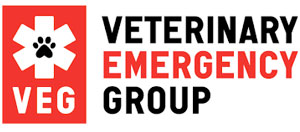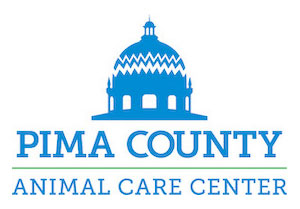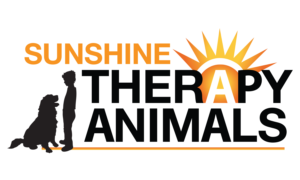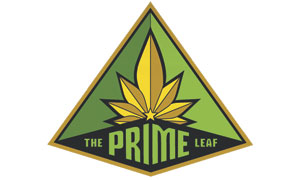The SBF Story…
Following his father’s passing in 2007, Dr. John Burnham had a desire to connect with something bigger. He wanted something more, something that engaged his military interests, honored his father, and allowed him to use his personal and professional talents to a greater degree in service to the community.
Through his veterinary practice, Dr. Burnham worked with veterans and cared for their pets. He witnessed how the interaction with the animals helped returning vets interact more comfortably in civilian environments, sparking an idea. This idea was nurtured by the study of institutional research that supported the therapeutic relationships John was seeing firsthand and by outreach to experts in the field of service animals, behavioral science, and veteran services.
John knew there must be a way to give more veterans the chance to experience the unconditional love and support that only a canine companion can bring. He also knew he had a unique opportunity to help reduce the number of homeless dogs living in local shelters. With this alignment of purpose, Soldier’s Best Friend became Dr. Burnham’s dream and driving passion. With the support of his devoted wife and business partner, Jan, the organization was founded in 2011, becoming a reality.
Dr. Burnham’s goal has been to create a nonprofit devoted to placing and training service dogs for our veterans at no cost to them. His wish was to acquire many of the dogs through local rescue organizations, thus helping our overwhelming pet-overpopulation problem.
As to the where, when, and how right now, SBF trains across Arizona, currently offering training in Flagstaff, Prescott, Phoenix Metro, Tucson, and the Sierra Vista regions. Requirements for eligibility outline that the applicant must have a confirmation of diagnosis of combat-related PTSD and/or TBI, participate in a thorough interview process (including a home inspection), provide two letters of reference, and undergo a background check, prior to being considered for acceptance into the program.
To date, the group has rescued more than 185 dogs from shelters and rescue partners during the course of the program. Over the past decade, they’ve partnered with skads of shelters and rescues, such as K9 Konnection, White German Shepherd Rescue, BARK, Maricopa County Animal Care & Control, Arizona Animal Welfare League, Humane Society of the White Mountains, Humane Society of Central Arizona, Marvel Assistance Dogs, PAWS, Yavapai Humane Society, Sierra Vista Animal Care and Control, Nancy J. Brua Animal Care Center, Arizona Small Dog Rescue, Bisbee Animal Shelter, Fetch Foundation, The Animal League of Green Valley, and Saving Paws.
When it came to the question of how the animals and vets are matched up or paired, Katie told us that they have an adoptions specialist who meets with the veterans to discuss individual needs that includes lifestyle, other pets in the home, children in the home, allergies, what their specific tasks will be, etc., to find the best possible fit for each veteran.
As far as where the training for the vets and animals takes place, SBF is very fortunate to have a dedicated training facility with over 3300 sq. ft. at their Peoria campus that was built in 2016 (where a majority of their teams train). In the outlying regions, they use borrowed and donated space, such as the Warrior Healing Center in Sierra Vista. The teams can often be seen at local parks, outdoor mall areas, and other local businesses where they have an opportunity to get reaccustomed to everyday situations in every day environments.
Training typically takes a minimum of 6-9 months once the teams are paired, sometimes more. The teams attend training sessions twice per week and each session lasts approximately one hour. They use the owner/handler model, so their professional service dog trainers train the veteran to train their dog. As of July 21, 2021, 305 veteran/dog teams have graduated from SBF’s Service/Therapeutic Companion Dog Training Program. They recently had their first in-person graduation ceremony since 2019! It should be pointed out that there isn’t a set time for graduations. It truly just depends on the progress and advancement through the rigorous testing schedules of the teams.
We also wanted to know how Katie became involved with SBF and what the best part of being with the program was for her. As it turns out, she started as the Operations Manager in 2018, and after a brief hiatus, returned in 2020 to serve in a new capacity as Executive Director. She then shared that her background is in direct service, and that she’s always considered herself a “dog person.”
“As a military spouse and daughter of a Vietnam Veteran, the mission is very near and dear to my heart. I have also seen firsthand, the positive impact that dogs have on the lives of people living with Post-Traumatic Stress (PTS),” she explained.
“When I reconnect with graduates and hear stories about a veteran who is preparing for a flight across the country, when just a few years ago they were isolating at home… it’s those moments for me that are the best part about working with the program. Stories like this wouldn’t be possible without the community support and dedicated team that we have at Soldier’s Best Friend. Being surrounded by a team and community dedicated to serving those who have served our country is an honor. Seeing dogs enter into our program and being given important missions and growing into their potential as a Service Dog is quite astonishing.
“Following the teams from the application process through graduation is an extremely impactful opportunity. Often, the veterans haven’t left their home in quite some time, might have their blinds drawn, or in some cases, even foil on their windows. To see them one year later taking the stage at a graduation, speaking publicly, and sharing their testimonials of how their lives changed, celebrating in a crowd with their family and loved ones, and then becoming a mentor to incoming veterans, speaks volumes.”
Additionally, we wanted to give Katie and SBF an opportunity to share with the public a few things about the program that folks might not be aware of. For instance, programming is provided at no cost to the veterans in training. SBF relies on the generosity of communities to ensure that all of the necessary training equipment, supplies, professional dog training fees, etc., are not a financial burden to veterans, who have already given so much.
“We would not be able to share these success stories without our trainers, staff, and volunteers. Their commitment and dedication to the combat-veterans and dogs in our program exemplify the vision that Dr. Burnham had a decade ago.”
Speaking of which, we asked how the program has impacted the lives of the staff and volunteers, and Katie told us this by way of explanation:
“We have volunteers who have been with the organization from the very beginning. These folks are dedicated to our mission and play such an integral role in making sure that we can continue to offer robust programming to our veteran/dog teams. Our trainers and staff often share that SBF is their passion project and being able to see the veterans at the beginning of training to the end, at graduation, is something that truly impacts us all. Our trainers sometimes ask for staff to assist in training for the purpose of acting as a crowd and create distractions.”
Which brings us to Carrie Haas, who has been training dogs for 40 years, five of which have been with SBF as a trainer in Tucson and Sierra Vista. Carrie graciously spoke with us as well, admitting that the job she’s performing is her heart’s work. “It’s been rewarding to see the change in vets, their being able to do stuff now that they found nearly impossible before taking part in training.”
Many of these sessions include group sessions and opportunities for members to support and mentor one another. Groups generally consist of three to six teams but can be as many as 10. Carrie also informed us that not all of the teams are paired after applying to the program but that some of the dogs are actually an existing pet. While this can present its own challenges, one of the things that she felt was important to relate is that all disabilities are not visible and that if you see a service dog, don’t stop to pet it. It’s working and shouldn’t be distracted from performing its job. Stellar advice.
We discussed the fact that most people have no idea of the struggles many veterans face each day as they try to successfully navigate life after their experiences in the military. Without the assistance of outreach programs like Soldier’s Best Friend and trainers like Carrie, a lot of them would find it difficult to function at the levels they need to in order to thrive. It’s the little things so many of us take for granted that can create stumbling blocks for troops. Merely surviving shouldn’t be their only option.
“For me, every one of my teams is a favorite success story,” Carrie added.
SBF is celebrating its 10th anniversary this year, and one of the ways they’re marking it is through a golf tournament on November 6, 2021, at the Talking Stick Golf Club in Scottsdale. All proceeds will go toward programming. Info at soldiersbestfriend.org.
Always in need of additional support for events as they arise and of foster families, anyone interested in volunteering can apply on their website at soldiersbestfriend.org/how-to-
